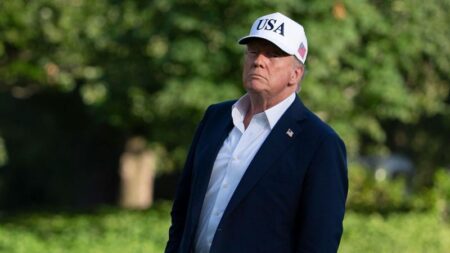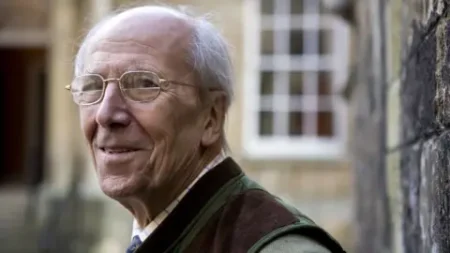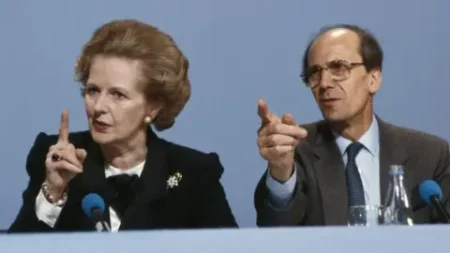The recent forecast by the government’s Office for Budget Responsibility (OBR) has revealed that the cost of the state pension’s triple lock is expected to escalate significantly. By the end of this decade, the expenses associated with this policy are likely to be three times higher than originally projected. Specifically, OBR estimates that the annual expenditure on the pension could reach an alarming £15.5 billion by the year 2030. This escalation poses substantial challenges to the UK’s public finances, which the OBR describes as being in a “relatively vulnerable position.” The concerns stem primarily from the increasing pressures resulting from recent government policy reversals regarding planned spending cuts.
The triple lock policy itself, which was introduced in 2011, guarantees that the state pension rises annually in accordance with inflation rates, wage growth, or by a minimum of 2.5%—whichever is highest. Such a mechanism was designed to safeguard pensioners against the erosion of their purchasing power due to rising living costs. However, the implications of this guarantee have become increasingly complex. The OBR’s reports indicate that various recent government actions, particularly the reversal of austerity measures and the restoration of winter fuel payments, have compounded the existing public debt situation.
According to the OBR, “Efforts to put the UK’s public finances on a more sustainable footing have met with only limited and temporary success.” The challenges are aggravated by the fact that both tax increases and planned reductions in government spending have been reversed. Such policies have led to a rise in government borrowing, further straining public finances as they attempt to stabilize amidst rising debt levels. The fundamental principle behind the triple lock—protecting pensioners—has contributed to this financial burden, especially since the number of individuals benefitting from pensions continues to increase as life expectancy extends.
In light of these developments, there has been ongoing scrutiny concerning the appropriateness of the triple lock. The OBR highlighted that its implementation has resulted in costs approximately three times higher than expected due to inflation and volatility in earnings. The rising financial commitments have led to a debate on whether the UK should dispense with the policy altogether or reform it to better align with economic realities.
The state pension itself represents the second-largest allocation of government spending, following healthcare. The inception of the triple lock was a product of the Conservative-Liberal Democrat coalition government’s efforts to ensure that pensioners’ outgoings keep pace with the increasing cost of living. The OBR noted that the non-earnings element of the triple lock was triggered in eight out of the thirteen years since its initiation due to significant inflation fluctuations. For instance, in April 2025, pensioners experienced a 4.1% increase in their payments.
Pension amounts currently stand at £230.25 a week for the new flat-rate pension and £176.45 for the older basic state pension. Chancellor Rachel Reeves has assured the public that the Labour government intends to maintain the triple lock until the current Parliament concludes, despite mounting calls from experts like the Institute for Fiscal Studies to reconsider its future. Many argue that while pensioners are facing serious cost-of-living challenges, it may be time to reevaluate the structure of the triple lock, ensuring it remains sustainable while providing necessary financial support for the elderly.
The discourse surrounding the triple lock highlights a critical tension between fiscal responsibility and welfare provision. As the population ages and demands on the state increase, decision-makers must carefully navigate between enabling adequate financial support for retirees and maintaining economic stability. As pressure mounts, the future of the pension system in the UK remains a vital topic of discussion, with looming questions about how best to balance these competing interests moving forward.











